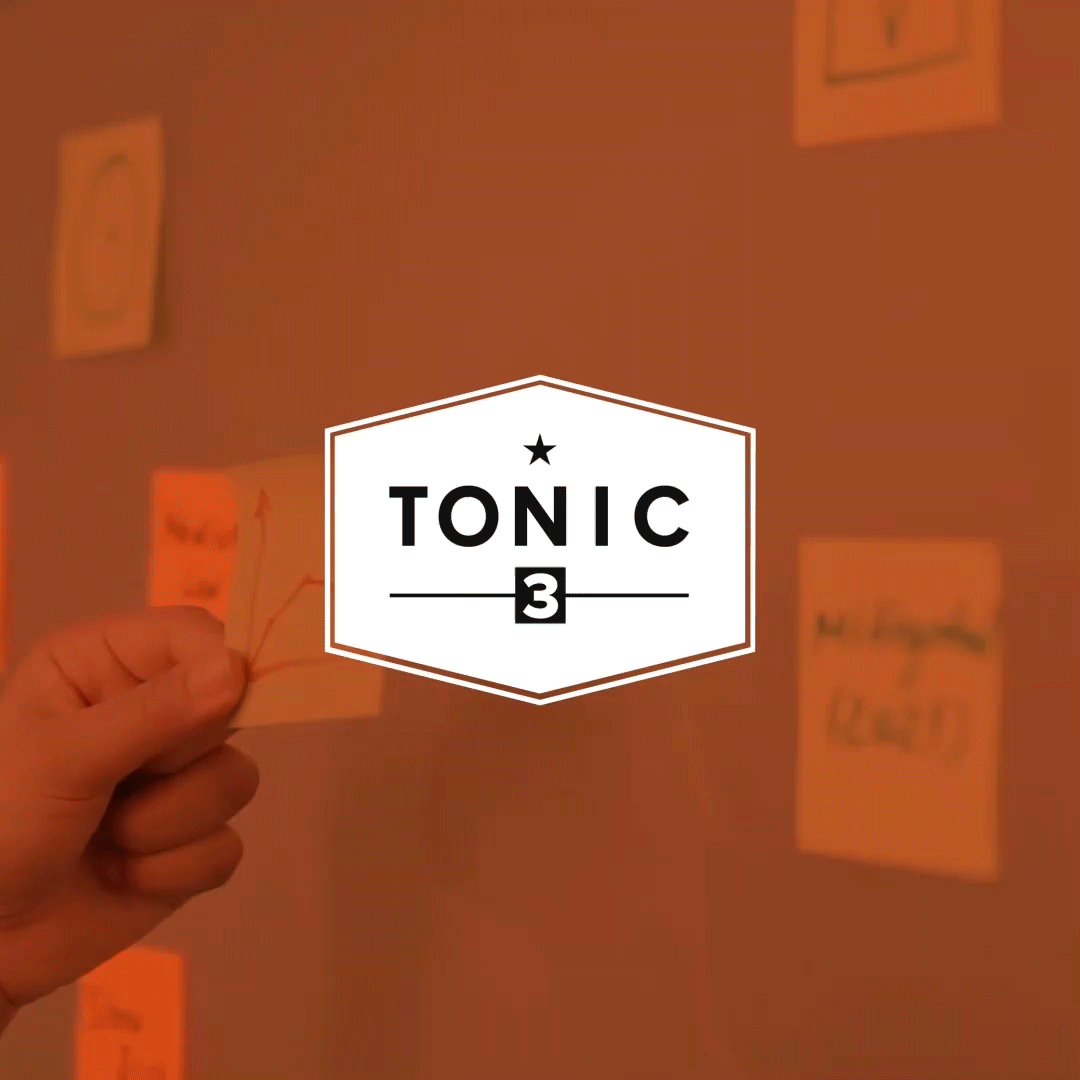How is UX Relevant to Me?
What does UX (user experience) actually mean in terms of business development?
Tonic3 develops and executes strategies that drive profit through Digital Transformation. Practically that means we are built to help clients hone the right strategy, implement the right technology, and build the right long-term capabilities to deliver lasting transformation.
Industries
We believe that effective technology helps people succeed in their daily lives. So we help our clients engineer useful technology for their clients, partners, and employees. That translates to every major industry, but over the years we’ve developed several core areas of expertise.
4 min read
 Tom Mathew
:
Jun 29, 2022 12:51:07 PM
Tom Mathew
:
Jun 29, 2022 12:51:07 PM
The Oxford Journal Interacting With Computers found that UX design is all about making customers’ interactions with a product or service more enjoyable and efficient. That means ensuring that they find value in what you're offering and that their overall experience is a positive one.
UX relates to all aspects of the end user’s interactions with the company and its products and services. That includes the way a person feels when interfacing with a system, such as a website, web application, desktop software, or any other form of human-device interaction.
Good UX caters to the user’s preferences, perceptions, emotions, feelings, and more, but there should also be an emphasis on finding the synergy between the business’s goals and users’ needs. For example, as part of a better UX design, a revitalized visual design can enhance the usability, accessibility, and satisfaction a user experiences when using a company’s website or app, feeding into the overall customer experience. Not only is this beneficial for the user, but it can impact the success of the company; a positive UX experience can improve customer satisfaction and loyalty. There are also numerous other benefits, such as those outlined below.
It’s far less expensive to prevent a problem before it begins than to patch up issues later. Likewise, focusing on a positive user experience from the beginning will minimize complaints and problems, negating the need for fixes later on that may end up being more costly. By investing in testing a design before launch, errors can be addressed before they’re ever seen by customers and changes can be made more easily.
Getting early feedback to help you develop your customer engagement strategy will help you to craft a user experience design that’s backed by research. This data can help you to avoid expensive errors, saving hundreds of engineering hours and thousands of your physical or online business dollars.
Think of it like this: every dollar spent on product design during the development phase is a dollar (or more) that need not be spent after the product’s release. Once a design hits the market, alterations are more challenging and costly to make, so it’s better to spend the time and money to get it right from the start. While the experience of each product launch will differ and every project has its own needs and setbacks along the way, this generalization is always true.
You’ve considered an idea, but have you considered the market? Just because you have a desire to create something doesn’t mean that others are interested in it. There has to be a genuine need that your product fulfills in order to be successful. User research can help confirm that you’re designing the right product and provide insights into how it should be shaped to fit that need. For example, this data can clarify what should be included and what’s unnecessary or unwanted that should be left out. With the right approach, a user experience (UX) design that’s backed by this research can even turn a product that garners only mild interest into something people are clamoring for!
By taking the time to conduct customer interviews at the beginning of a project, understanding the underlying needs of users is easier. With their input, it will become clear whether a concept has merit or not and what approach to take. Using this research as guidance, the idea can take shape. This preliminary user research gives you the information you need so that you can put more time and money toward developing the right product from the start, minimizing errors and missteps.
User research and data will provide your business with real insights that can help you improve your conversion rates (for online purchases, subscriptions to social media, meeting bookings, etc.). You can also determine where users might be having trouble understanding the message you are aiming to offer to better problem-solve and adapt.
Ideally, data collected by analytic tools assists with qualitative research techniques such as usability testing to ensure keyword research and user engagement trends are accurate and utilized well. The insights gained from research and data can also continue to be used after a design is on the market, allowing you to pinpoint where customers may be becoming disengaged and what changes can be made to increase conversation rates.
Often, modern customers prefer self-service. Offering customers the option to assist themselves improves satisfaction and also makes a product or service simpler, minimizing the need for call centers or large customer service teams.
Surveys and user interviews can also be used to identify customers' top tasks. Designing around this information is another way to reduce traffic to call centers and save costs. In fact, research has found that just a two-day usability test and quick design change can reduce the number of calls to tech support.
In case you didn't know, search engines love great user experience! All major web brands and social media platforms lean on SEO strategies when it comes to creating better audience engagement. Google, for instance, provides a rating to improve results in both organic search queries and those aided by Google Ads.
The user experience of your site is a main factor in the way search engines calculate its’s rating. Google will penalize poor user experience design, causing your page to either drop from the first page of results or lessening the impact of your AdWords campaign, both of which can cause a loss in revenue.
When considering the typical use of a platform, user adoption is critical. To put it simply, service platforms fail without satisfied users. Investing time and resources into UX will help build customer loyalty and overall customer retention. New and existing customers who have a positive user experience will be more likely to continue purchasing your products and become brand advocates. More specifically, products with high levels of usability have been proven to be more likely to be recommended to others.
Tonic3 is an international agency with headquarters in Dallas and offices in Madrid, Buenos Aires, and São Paulo. We've worked with a wide variety of clients over the course of our more than 27 years in business, from large corporations to small startups in over 20 different countries. A few of the brands we’ve worked with include Disney, Citibank, Yum! Brands, Lennox, and Accor Hotels.
We’re considered experts in agile methodologies, cutting-edge visual techniques, and UX. We’re also known for taking a user-first approach to design and always promoting the benefits of testing, creating the best results from the start.
Interested in more examples of the short- and long-term benefits of improving your user experience (UX) design? Check out our company website or read some of our latest case studies.

What does UX (user experience) actually mean in terms of business development?
What do the AR/VR industry and the life sciences industry have in common? In addition to their unique benefits, both industries share one important...

In this article, we’ll explain what VR testing (or virtual reality testing) is and the three most common reasons for doing it, namely to gauge users'...